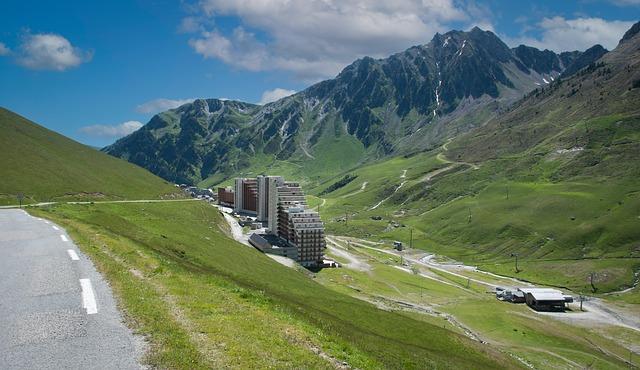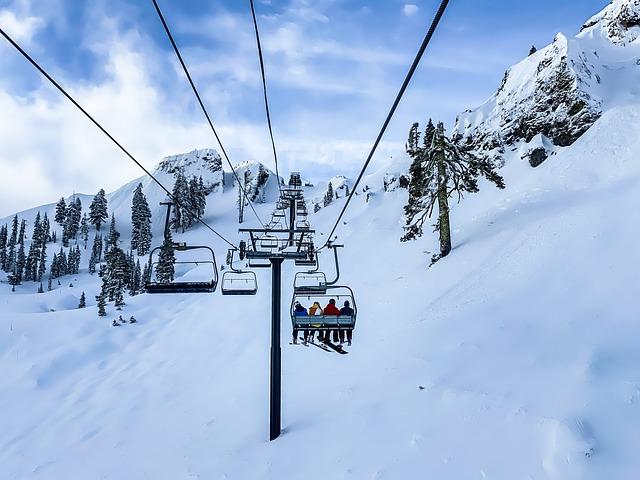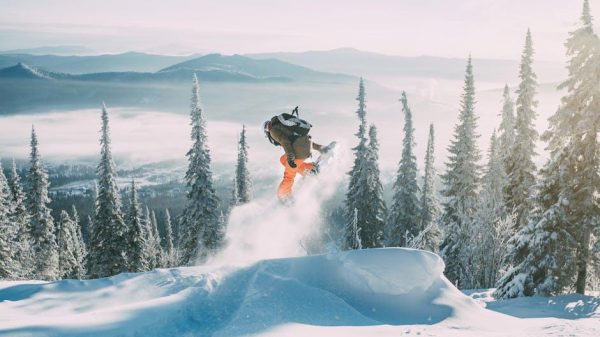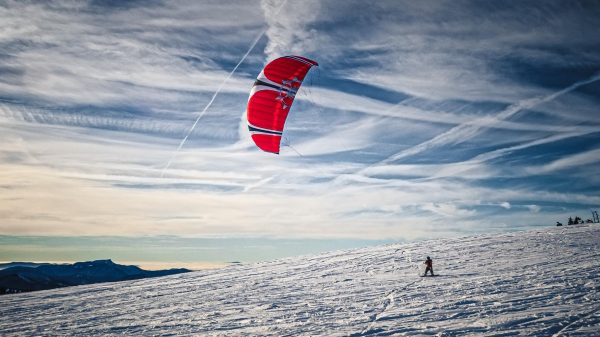In recent years, the allure of backcountry skiing has surged, captivating thrill-seekers and nature enthusiasts alike with the promise of untouched snow and breathtaking landscapes. However, this growing interest has sparked a contentious debate within the skiing community and beyond: should ski resorts impose limitations on access to these pristine backcountry areas? As resorts grapple with balancing safety, environmental impact, and the spirit of adventure that defines skiing, this question becomes increasingly pressing. This article delves into the multifaceted considerations surrounding this issue, examining the potential benefits and drawbacks of restricting backcountry access. By analyzing perspectives from environmental experts, safety professionals, and avid skiers, we aim to provide a comprehensive understanding of whether limiting access is a necessary step toward sustainable and responsible enjoyment of these natural treasures.
Assessing Environmental Impacts of Backcountry Skiing
The allure of untouched snow and pristine wilderness draws countless adventurers to the backcountry each year. However, this increasing interest raises questions about the environmental consequences of such activities. Backcountry skiing can lead to soil erosion, vegetation damage, and disturbance to wildlife habitats, which are critical issues that need addressing. As skiers carve through these natural landscapes, they may inadvertently disrupt delicate ecosystems, leading to long-term ecological changes.
Moreover, the rising popularity of backcountry skiing has led to an influx of visitors, which can strain local resources and increase the carbon footprint associated with travel to these remote areas. To mitigate these impacts, ski resorts could consider implementing measures such as:
- Restricting access during certain times of the year to protect wildlife during sensitive periods, like breeding seasons.
- Establishing designated routes to minimize environmental disturbance and guide skiers away from vulnerable areas.
- Educating visitors on sustainable practices and the importance of preserving natural habitats.
Such strategies not only help preserve the natural beauty and ecological integrity of backcountry areas but also ensure that future generations can enjoy these pristine environments. By balancing recreation with conservation, ski resorts can play a pivotal role in safeguarding these treasured landscapes.
Balancing Safety and Freedom in Backcountry Access
Striking the right balance between ensuring safety and preserving the freedom of adventurers is a complex challenge faced by ski resorts when considering access to backcountry areas. Safety is paramount, given the inherent risks of avalanches, sudden weather changes, and difficult terrain. Implementing measures such as controlled access points, mandatory safety equipment checks, and guided tours can significantly mitigate these risks. However, these measures often come at the cost of freedom, which is a core value cherished by backcountry enthusiasts who seek the thrill of untouched snow and the solitude of nature.
- Controlled Access Points: Ensures entry is monitored, reducing the chance of accidents.
- Mandatory Safety Equipment: Promotes preparedness and reduces rescue response time.
- Guided Tours: Offers safety with experienced guides, though it limits personal exploration.
On the other hand, allowing unrestricted access might honor the spirit of exploration but could lead to increased rescue operations and potentially devastating incidents. The debate often centers on whether ski resorts should act as gatekeepers or facilitators. By adopting a balanced approach that respects both safety and freedom, resorts can create an environment where enthusiasts can enjoy the backcountry responsibly. Ultimately, fostering a culture of education and self-responsibility among skiers and snowboarders may be the key to resolving this conundrum.

Economic Implications for Ski Resorts Limiting Access
Limiting access to backcountry areas in ski resorts can have profound economic implications. On one hand, restricting these areas might enhance safety and reduce liability, potentially lowering insurance costs. However, it could also diminish the resort’s appeal to a segment of the skiing community that values adventure and untouched landscapes. Visitor numbers might initially decrease, affecting revenue from lift tickets, rentals, and other associated services. Moreover, local businesses such as restaurants and hotels might experience a downturn due to reduced tourist traffic.
- Revenue Diversification: Ski resorts may need to invest in alternative attractions or events to compensate for the potential loss of backcountry enthusiasts.
- Operational Costs: With fewer areas to patrol and maintain, operational costs could decrease, offering a silver lining for budget reallocation.
- Brand Reputation: Resorts might risk their reputation among avid skiers, impacting long-term brand loyalty and market position.
Ultimately, the decision to limit access must balance safety concerns with economic viability, considering both immediate impacts and long-term strategic goals.

Policy Recommendations for Sustainable Backcountry Management
To ensure the sustainability of backcountry areas adjacent to ski resorts, a multifaceted approach is essential. Implementing permit systems can effectively control the number of visitors, minimizing environmental degradation and enhancing the experience for those who venture into these pristine landscapes. Such systems could be tiered, offering different levels of access based on experience and environmental conditions. Educational initiatives are equally important, as they can empower visitors with the knowledge to make responsible decisions. This can be achieved through workshops, informational signage, and partnerships with local outdoor organizations.
Furthermore, collaboration between ski resorts and environmental agencies is crucial. By working together, they can develop best practices that balance recreational use with conservation efforts. Monitoring and data collection should also be prioritized to track the impact of human activity on these sensitive areas, enabling adaptive management strategies. Lastly, involving local communities in the decision-making process can foster a sense of stewardship and ensure that management practices are culturally and environmentally appropriate. By integrating these recommendations, we can create a framework that protects backcountry areas for future generations while allowing for their enjoyment today.










